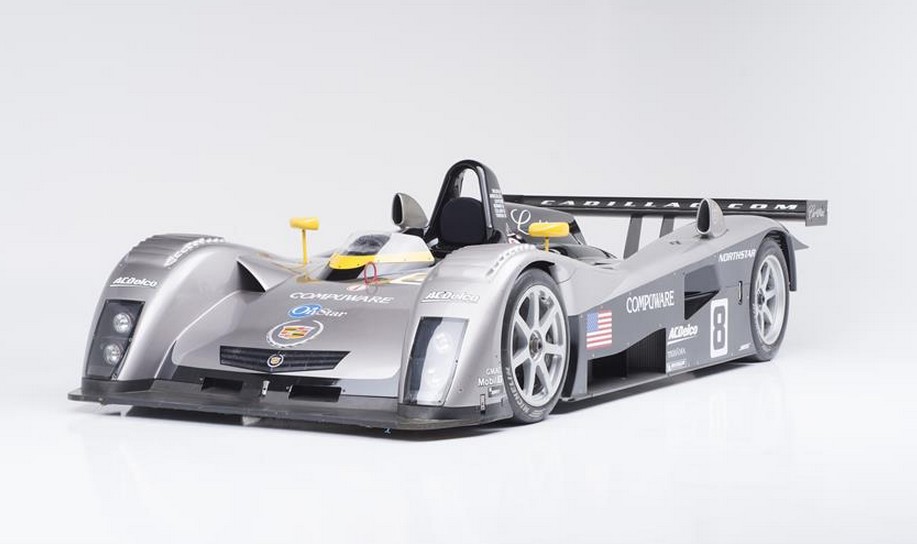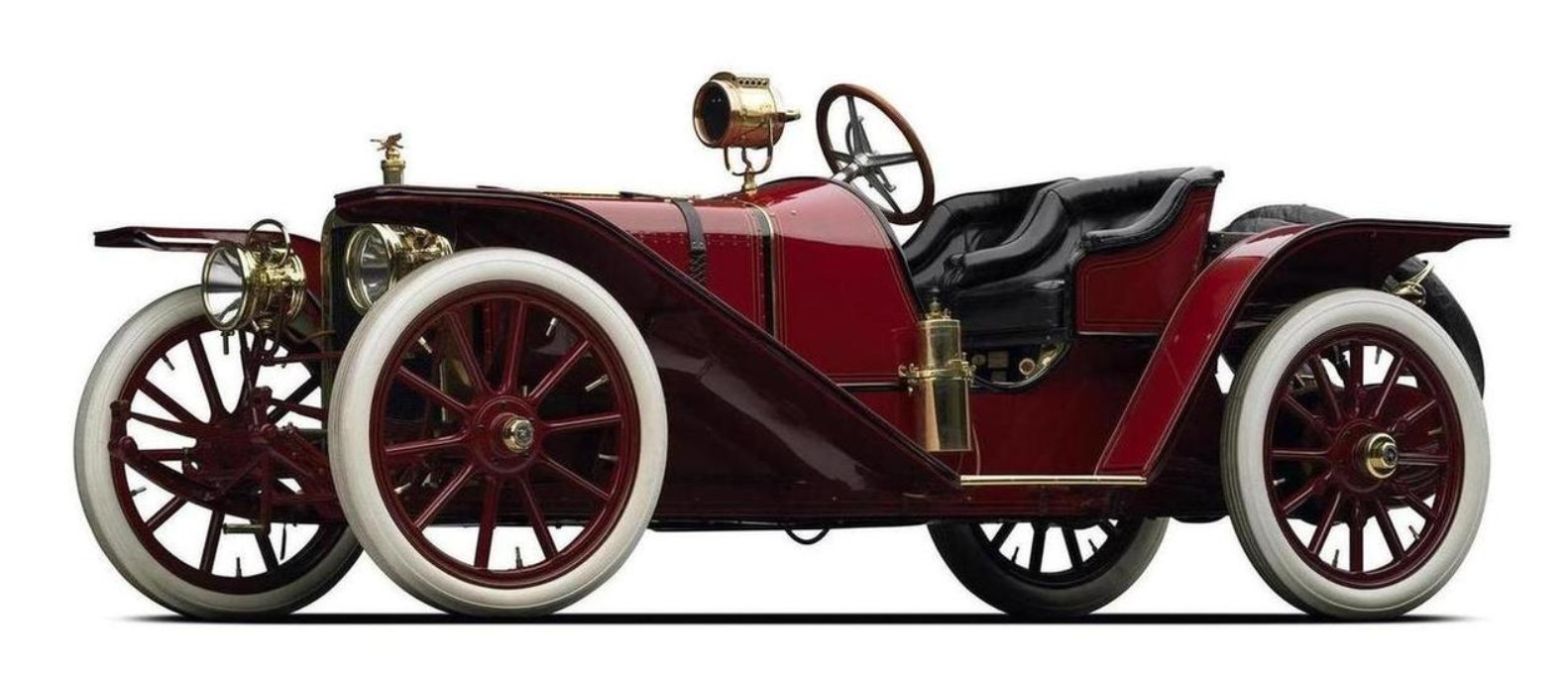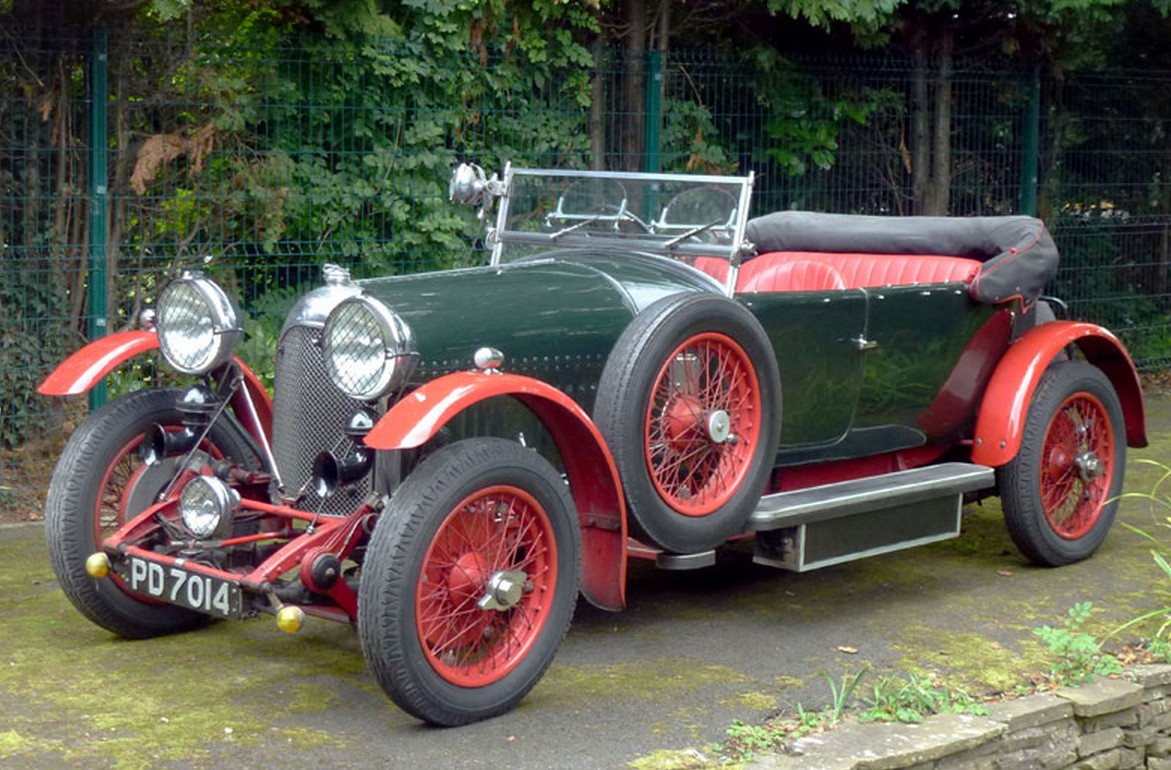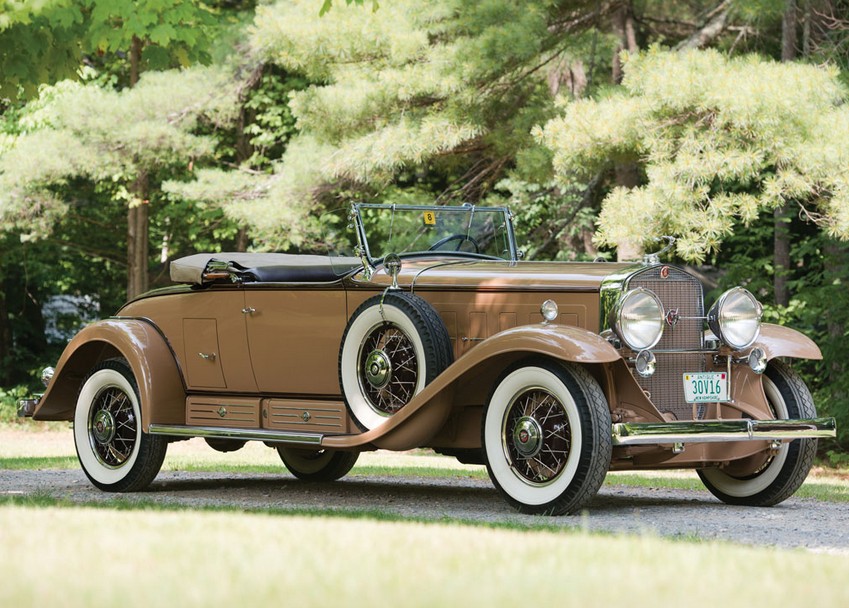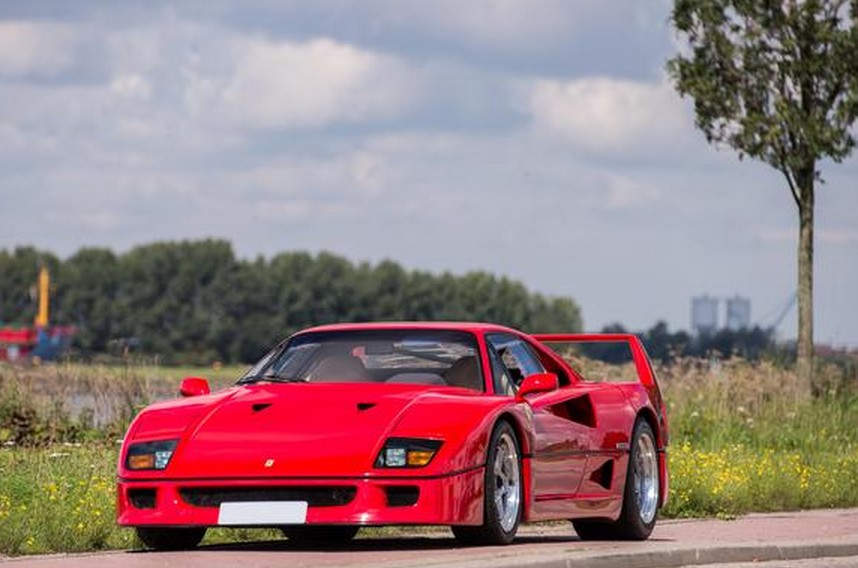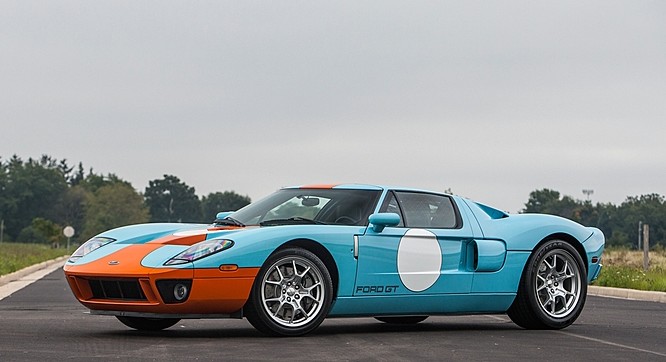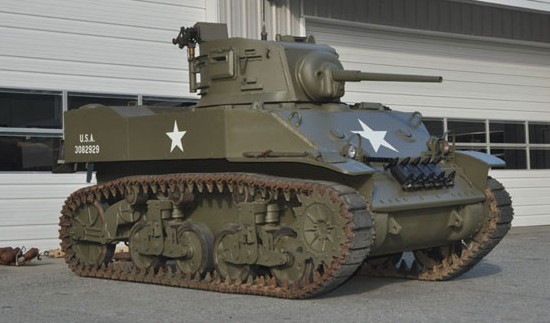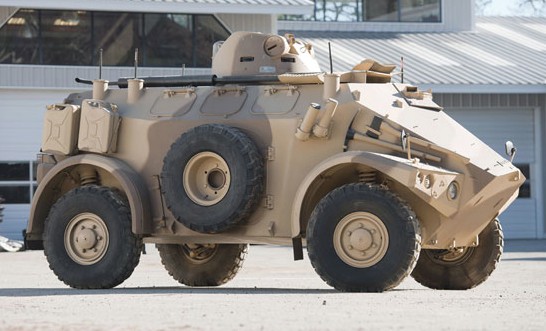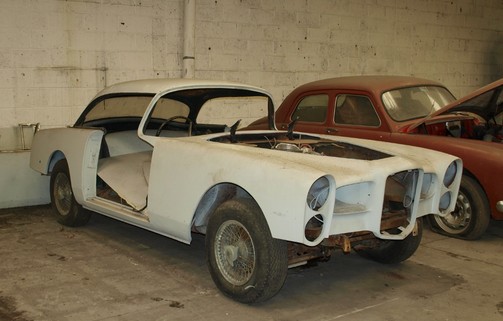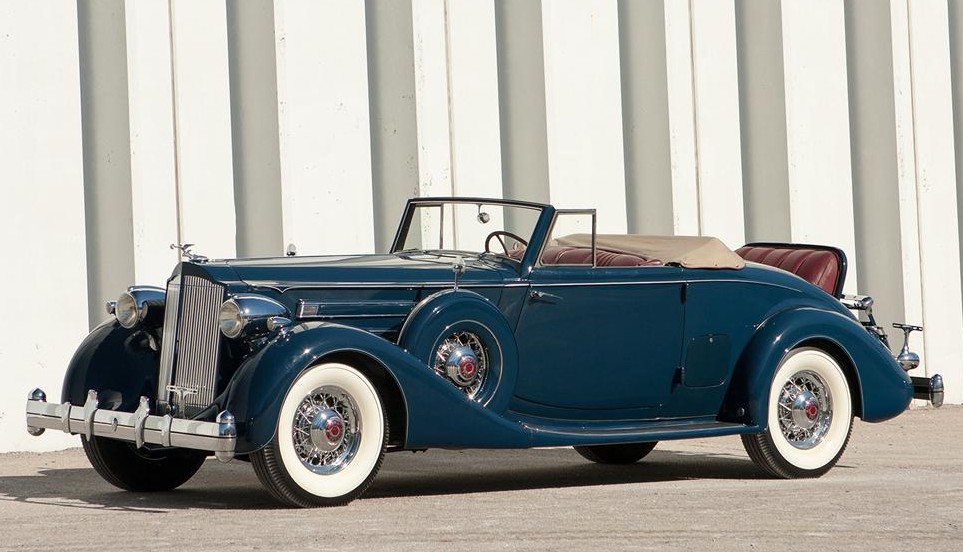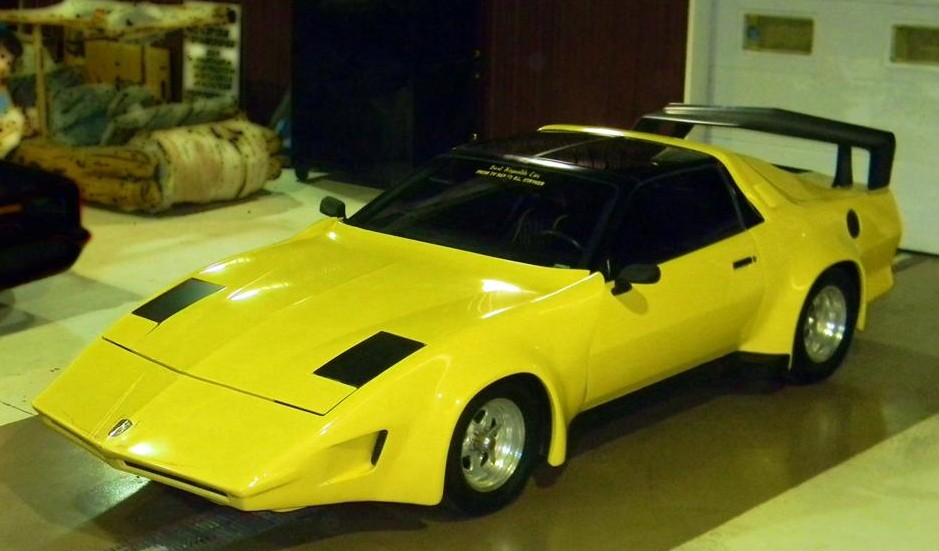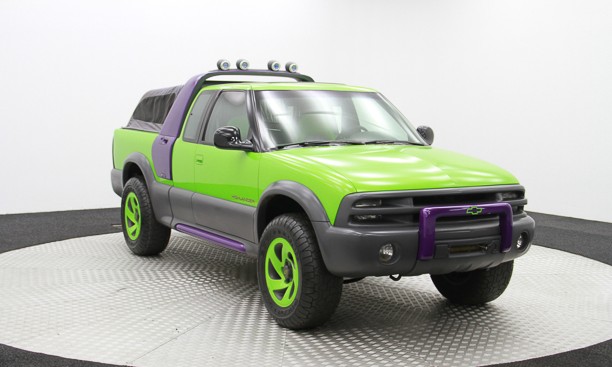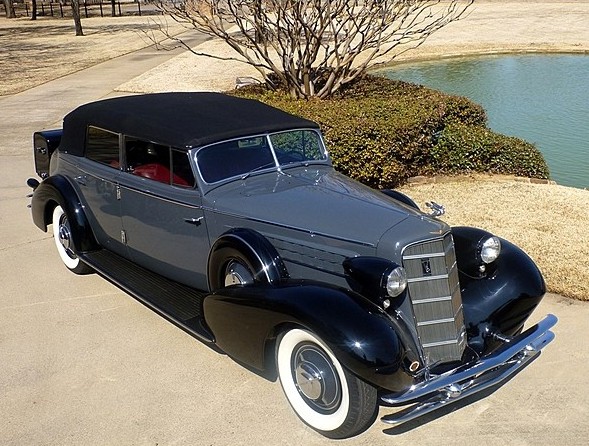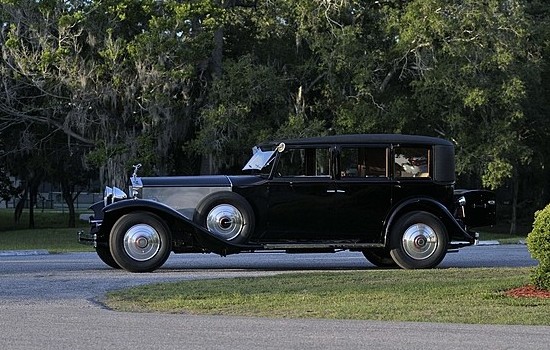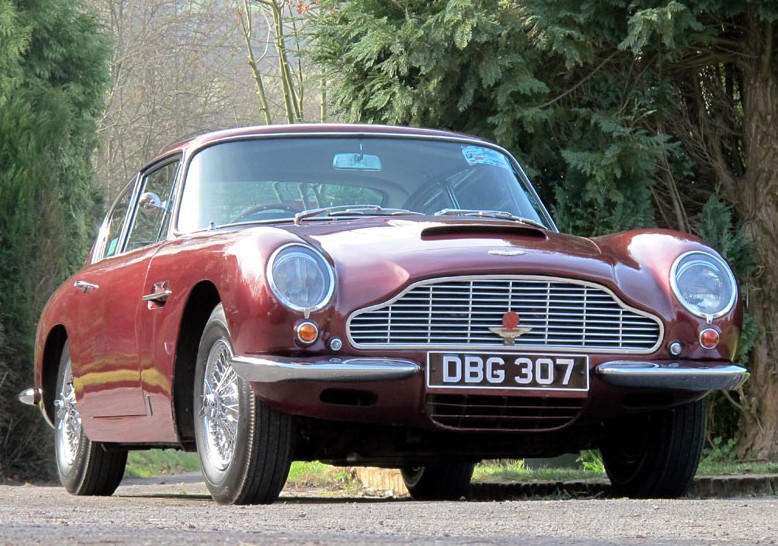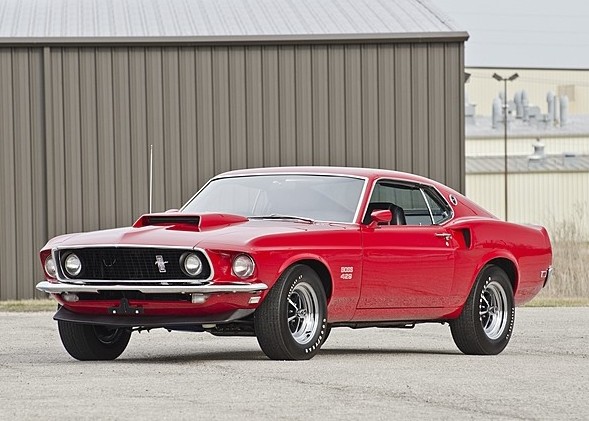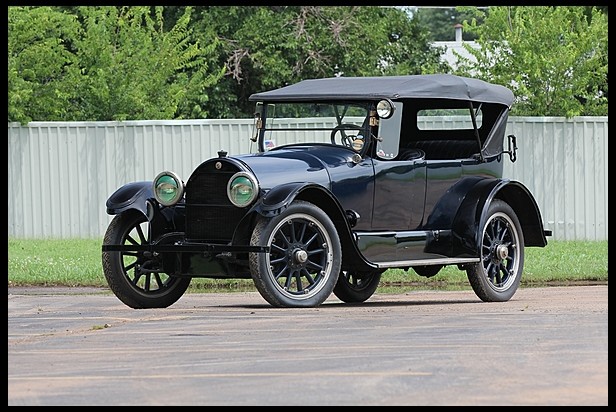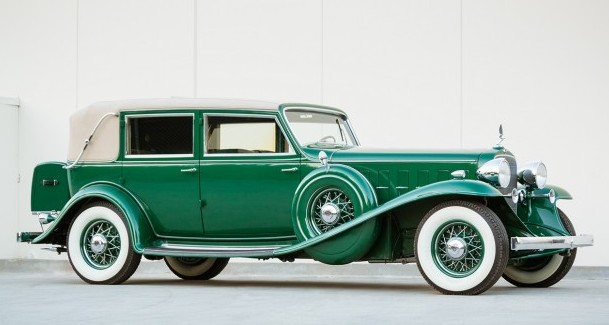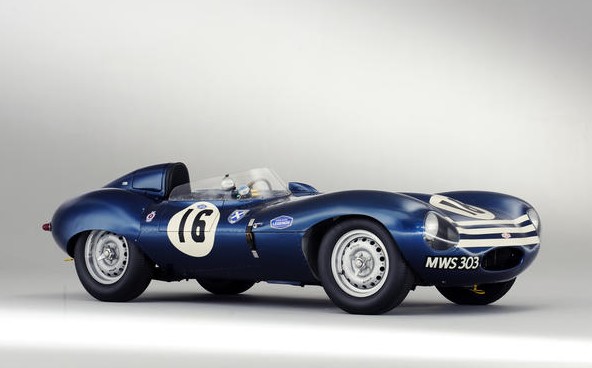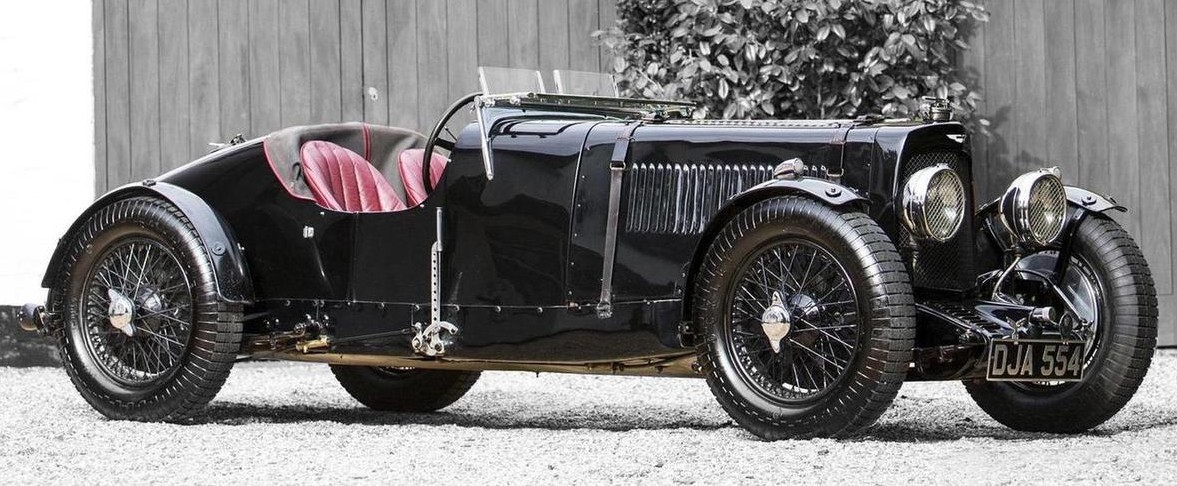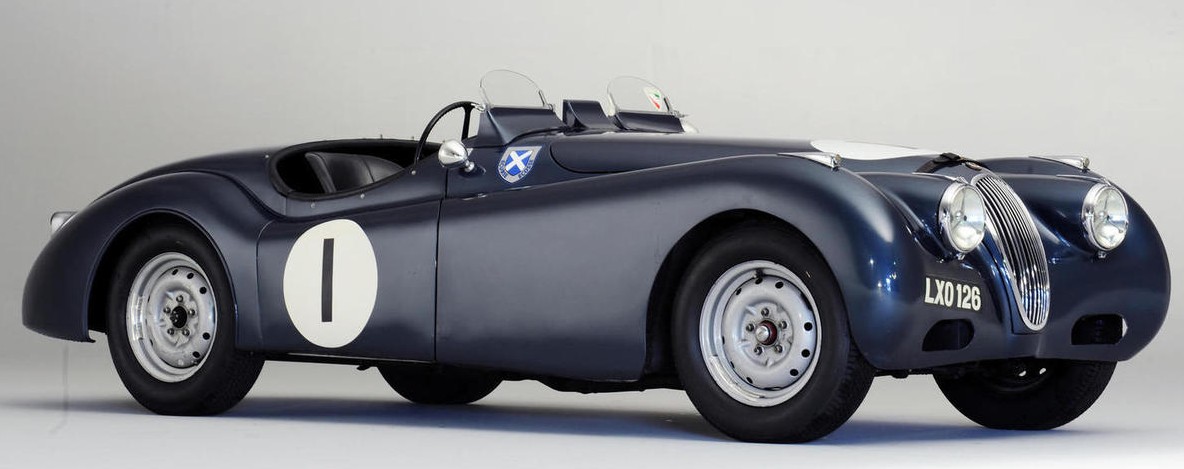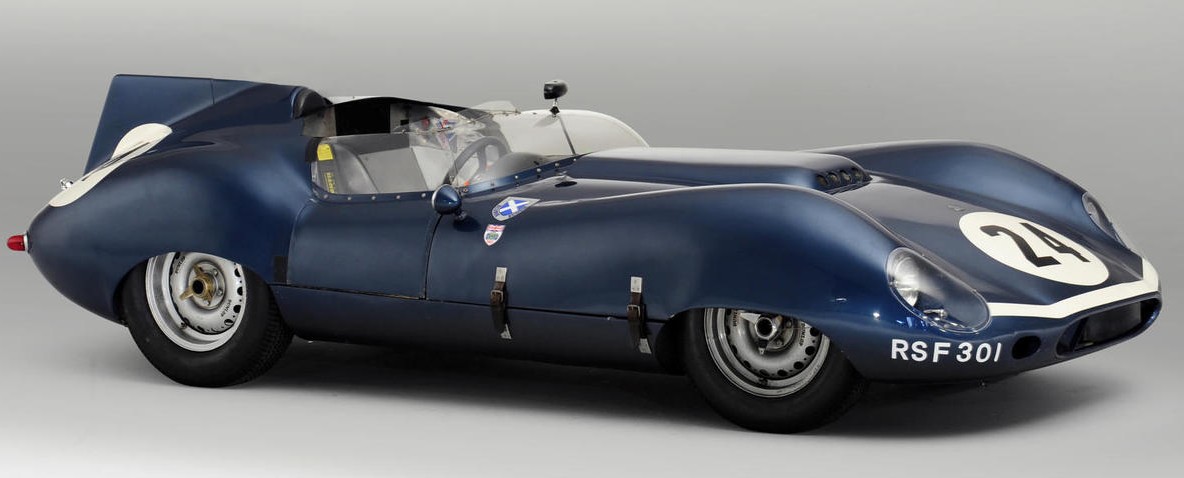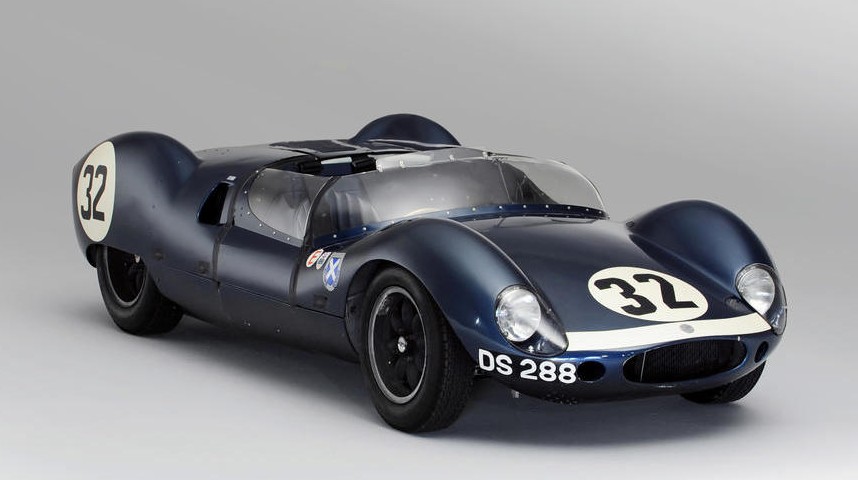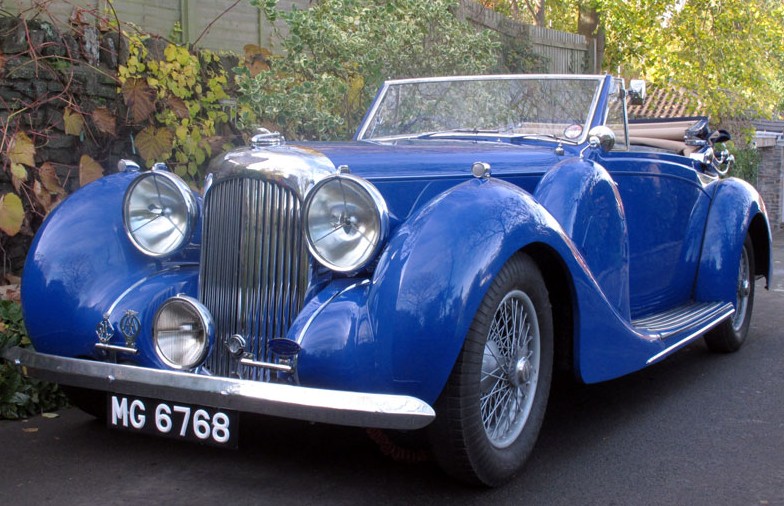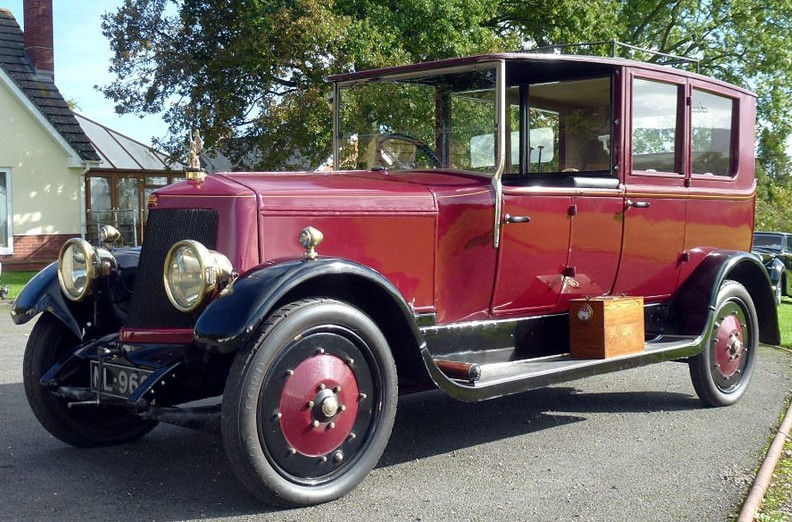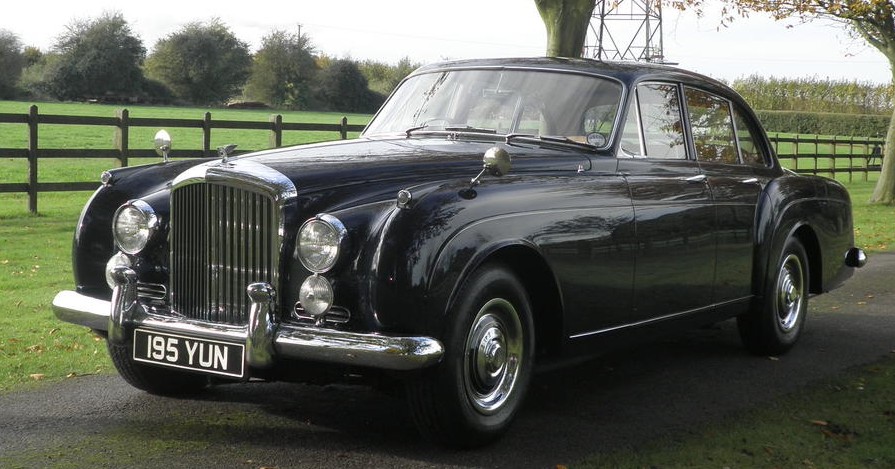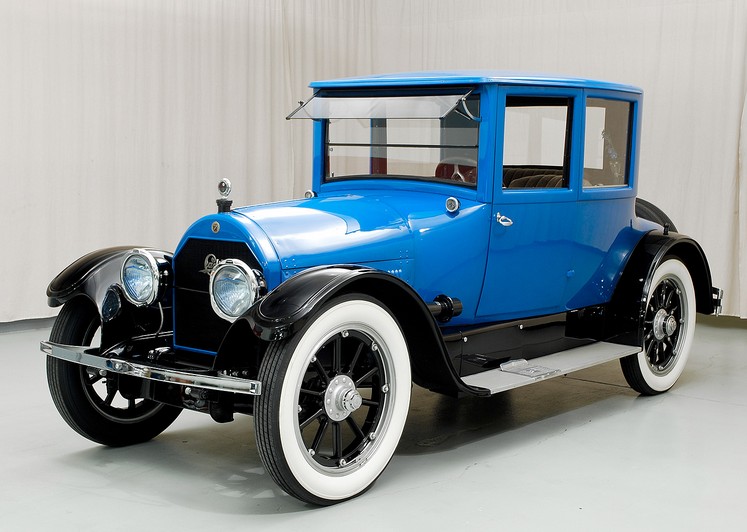If I’m posting this, it’s probably because auction houses haven’t gotten their most current upcoming auction catalogs online – that or I decided to feature this for the fun of it. I thought I’d dig back into the history of the automobile – a topic I really love – and find some interesting tales to tell. This is the first of those…

Henry Leland
Henry Martyn Leland, born February 16, 1843, is best known for founding both Cadillac and Lincoln. But before we get to how he made a career off of Henry Ford (and became one of his main antagonists), we’ll throw in a little back story. In 1870, he opened a machine shop that would later supply engines to Oldsmobile (his first taste of the automobile industry). He had previously worked for Colt (firearms) – both of these gave him insight into the use of interchangeable parts – something successful early automotive pioneers championed heavily.
Trivia tidbit: he also invented electric barber clippers.
So here’s part one of how Henry Leland made a career off of Henry Ford: Cadillac. What does Henry Ford have to do with Cadillac? Well, he inadvertently founded it. Backtrack: in 1899, Henry Ford founded the Detroit Automobile Company with the backing of the mayor of Detroit, a senator, and William Murphy – father of Walter M. Murphy, who would later be a successful coachbuilder in Pasadena, California.
The Detroit Automobile Company built about 20 cars and went bankrupt and was dissolved in January 1901. In November of that same year, after Henry Ford had some minor racing success, he was able to convince some men (including William Murphy, again) to back him. Thus, from the remnants of the Detroit Automobile Company, the Henry Ford Company was founded. The following spring, Ford got into an argument with his backers. They gave him $900, the rights to his name, and showed him the door.
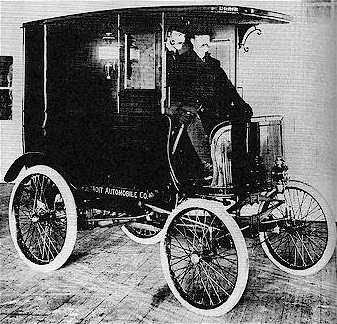
1900 Detroit Delivery Truck. the first car built by a henry ford-owned company.
Ford founded the Ford Motor Company in 1903 and we all know how that went. But the Henry Ford Company still had to be dissolved. Henry Leland was brought in to appraise the tooling and factory so it could be liquidated. Leland appraised everything and then offered his unsolicited advice: don’t liquidate – start a new company. He then offered them the idea to build a car using an engine he had developed for Oldsmobile. William Murphy said “Okay!” and quickly renamed the Henry Ford Company “Cadillac.”
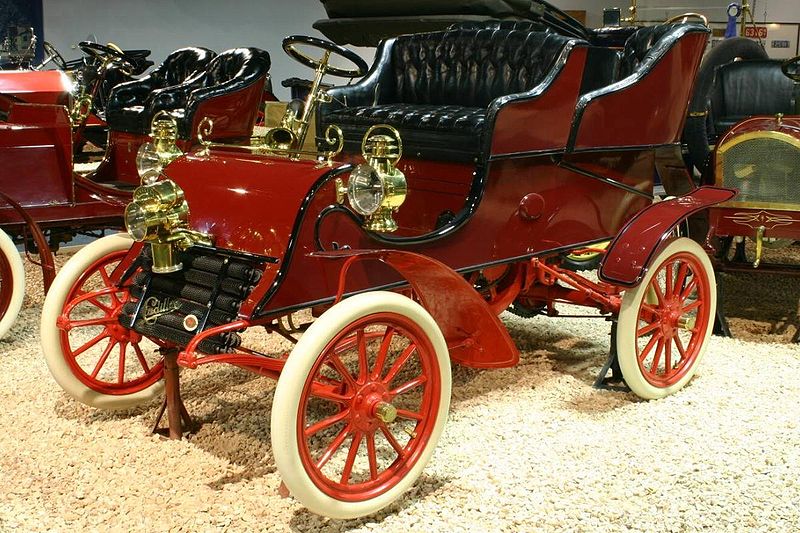
1903 Cadillac Model A. built by leland-owned cadillac using the leland-desgned single-cylinder engine he developed for oldsmobile.
Cadillac was building cars by the end of 1902, before Henry Ford got his “Third Time’s A Charm” thing going. In 1905, Leland merged his machine shop into Cadillac. He also introduced interchangeable parts. In 1909, Leland sold Cadillac to General Motors for $4.5 million and remained a GM executive until 1917. That’s how Leland made his first fortune off of Henry Ford.
Now for Round 2: In 1917, World War I was in full swing. GM was still in the control of its founder, William Durant (who deserves his own Fun History Lesson). Durant was a pacifist and did not want to make anything for the military. Cadillac had been asked by the government to build Liberty aircraft engines. Durant refused. So Leland walked out.
And what did he do? He took the $10 million contract from the government and founded the Lincoln Motor Company with his son. He named it “Lincoln” after his hero, Abraham Lincoln – the man he voted for in 1864 (okay, so Leland made his second fortune off of the government, and not necessarily Henry Ford). When the war ended, Leland retooled the factory to build luxury cars. By 1922, the retooling had taken its toll and Lincoln was out of money – but their factory was worth about $16 million.
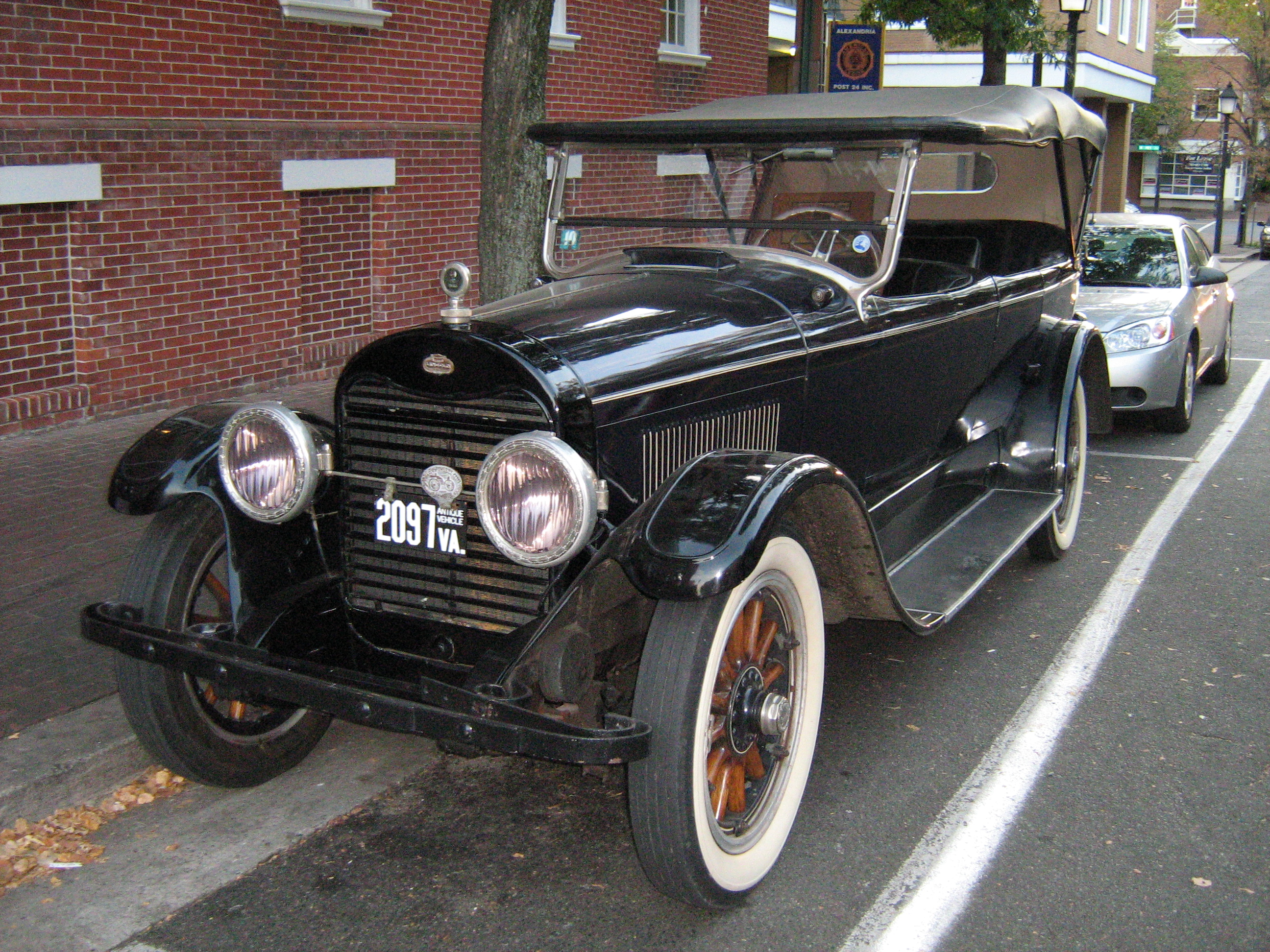
1922 Lincoln L-Series Touring. The L-Series was designed by lincoln under Leland ownership and remained in production long after he left.
Henry Ford sent in a bid of $5 million to buy Lincoln, which was rejected by a judge. He upped it to $8 million – the only bidder on the insolvent company. Ford was still bitter at Leland for his success with Cadillac and wanted to pay as little as possible for Lincoln – just to demoralize the Lelands. The $8 million mostly went to pay of creditors, but Leland (and his son, Wilfred) remained as employees – not to run the company as originally promised by Ford, but to get it to a point where it wouldn’t go bankrupt again – i.e. throw quality out the door to save costs, which was, quite possibly, Leland’s most-loathed thing about the then-current automobile industry. A couple months later, an executive acting on Henry Ford’s authority, showed up to force Wilfred to resign. When Henry Leland realized Henry Ford was directly responsible for this, he, again, walked out as well.
Remarkably, both companies founded by Henry Leland still survive 100 years later – and I’m pretty sure he’s the only person to hold that distinction. Sure, he didn’t make a fortune from Henry Ford the second time around, but he did force Ford (out of spite) to spend $12 million (there was additional $4 million tax bill tacked on). Henry Leland had to be one of Henry Ford’s biggest adversaries for a majority of his career. And for that, he should be considered an automotive hero (let’s be honest, for all of Ford’s successes, he wasn’t exactly a saint).
In any case, Henry Leland (and his son, Wilfred) were engineers. They held quality above all things. And they were among the last of their kind. The companies they founded were transferred into the hands of penny-pinchers who wanted to build the most for the least. During Leland’s reign, Cadillac become known as “The Standard of the World” and there was a reason for that. Henry Leland is one of my automotive heroes – if for nothing else, than being a thorn in Henry Ford’s side for over 20 years.

